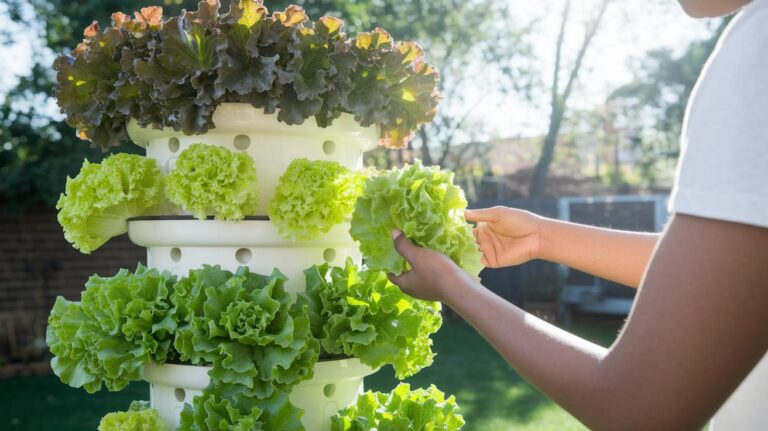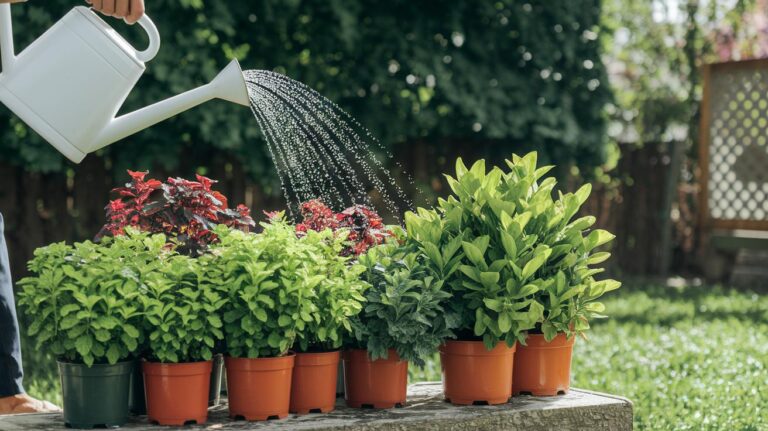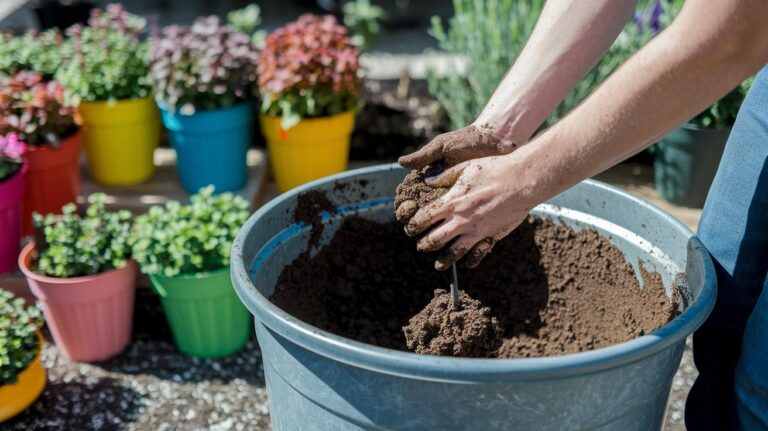7 Proven Tactics to Banish Gravel Weeds for a Pristine Garden
Rock mulch demands little upkeep while offering an alpine-style look in garden beds. Still, a few weeds may pop up between the pebbles over time. Here are seven proven approaches to keep your gravel beds free of unwanted growth all year long.
Picking young weeds is simpler than wrestling with established plants. Check the area regularly and remove sprouts before they develop deep root systems. If early removal slips your mind, other options can help slow down growth and stop weeds from becoming established.
Flame treatment uses a propane torch to target weed foliage without harming the gravel below. These torches attach to standard propane bottles and ignite via a trigger or button. You can locate them at garden centers, home improvement stores or online specialty outlets.
Hold the torch to scorch the green tops of weeds for several seconds. Some hardy types, such as dandelions and teasel, often bounce back from their root systems. Treat them again every two to four weeks until shoots fail to reappear.
Open fire carries risk when dry debris from grasses, mulch or trash is present. Avoid applying flame near any flammable material. Focus on fresh, green sprouts to reduce danger. Steer clear of torch treatment during burn bans or in areas with high wildfire risk.
This method relies on heat to damage aboveground plant tissues so weeds struggle to regrow. Gravel itself won’t ignite, making fire treatment a suitable match for rock-covered surfaces.
Solarizing combines sunlight and a clear plastic covering to starve young weeds of air and light. It kills plants before they mature and spread seeds.
Choose a sturdy sheet of clear plastic or greenhouse film and lay it directly atop the stones and weeds. Secure the edges with bricks, heavy rocks or other weights. Leave the cover in place for four weeks or longer. Under intense sun, trapped heat builds up and cooks out the weeds beneath the plastic.
This approach works best in spring and summer when daytime temperatures are highest. Cloudy weather or cold in fall and winter will limit its effectiveness.
Occultation relies on a black or opaque tarp instead of clear plastic. By blocking all light, it prevents photosynthesis and suffocates weeds under an even layer of darkness.
Any thick, dark ground cover will serve, whether a tarp, landscaping fabric, old carpet or an unused camping sheet. Spread it over the gravel and seal the edges with weights to hold it flat.
Leave the cover in place for at least four weeks. Periodically lift a corner to inspect progress. Wait until all shoots under the tarp have turned brown before pulling it away to reveal a cleared surface.
Over time, dust and organic debris collect between stones, creating soil pockets where seeds germinate. If your gravel has aged without a refresh, add a fresh layer to smother small sprouts.
Clear away any large, established weeds by hand first. Keep fine seedlings in place and spread a new inch or two of gravel over them. For tough weeds that push through, combine this step with pulling, tarping or heat to banish the most persistent offenders.
Hand removing remains the classic choice for any size weed. You can use your bare hands or a specialized weeding tool like the CobraHead Original Weeder.
CobraHead Original Weeder
- Multi-purpose design for weeding, digging, planting and more
- Precision Steel Fingernail® blade cuts through any soil
- Comfortable, ergonomic handle for right- or left-handed use
- Outperforms similar tools in dense soil and tight spots
- Made in the USA with long-lasting, high-quality materials
Grip the tool near the blade, sink it along the root line, then lever the plant and its roots free.
Many broadleaf weeds regenerate from root fragments, so it helps to extract as much of the root as possible. If a section breaks off and later sprouts, simply pull the new shoot out. Repeated removal exhausts the plant’s energy reserves until it no longer returns.
If weeds reach bloom or seed stage before you catch them, seed heads spread future plants in your gravel bed. Snip off flowers or seed pods before seeds form to interrupt their reproductive cycle.
Certain species will produce new buds if only the flower is removed and the root remains. If you see fresh blooms, plan to yank the entire plant next time rather than trimming the top and leaving the root intact.
Salt can serve as a harsh but effective weed killer in remote gravel beds. It damages roots and prevents new sprouts so long as no desirable plants share the area.
Use caution when applying salt near garden beds, natural habitats or water sources, as it kills soil microbes and other beneficial life. If your gravel area lies well away from beds or waterways, sprinkle salt into cracks and avoid watering for several weeks to let it soak in.







